Most people just think of an arrow as a whole, something that you shoot from a bow or crossbow! But parts of an arrow make the whole thing as you see and love to shoot with your bow.
Each part has a distinctive function! They even have their own names, and it may seem okay not to know about them. However, the reality is that the more you know about arrow parts’ names and functions; the better you can get at the game.
Arrow Basics: Parts of An Arrow
The anatomy of an arrow consists of four parts that make it up. Each part works together to balance and shape the best archery arrows to assure perfect trajectory.
1. Arrow Tip/Point
This is the part of the arrow that takes all the damage as arrow tips are the part that pierces the object (target). There are a few variations of the arrowhead such as.
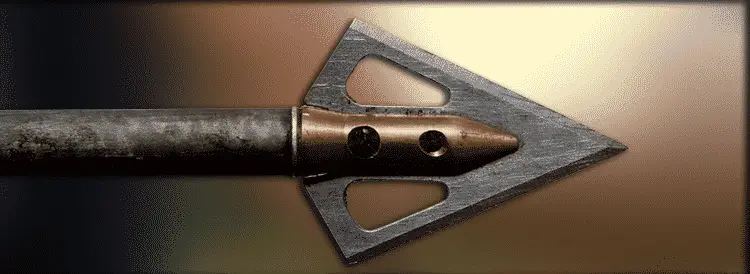
The Triangle Arrowhead
In medieval times these arrowheads were used to penetrate various strong chain mails and helmets that were worn by knights. These are known to be able to dig deep into wood, and animals and pierce strong body armor.
They were especially handy against knights who would wear full body armor including full-faced helmets.
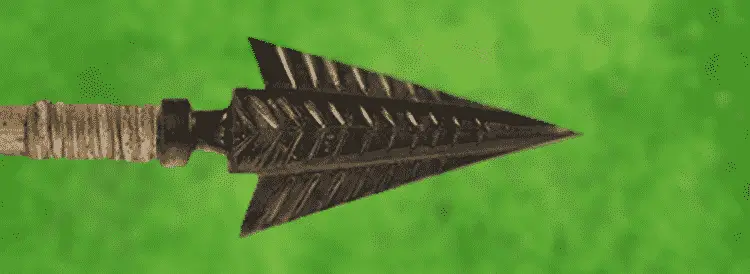
These arrowheads are mainly used for hunting but in most sports these days as they are great for hitting a target. They can slice through most hard materials and even some metals.
The Round Arrowhead
They are not the fastest in the lineup of arrow tips and they tend to do the least damage to the game than all the other arrowheads. They are usually used to slow an animal down or for target practice as they are also quite a bit weightier than the other arrowhead types.
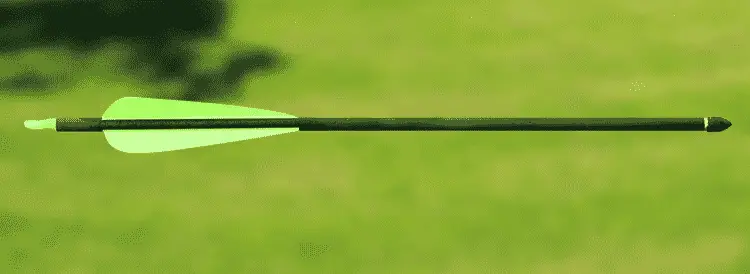
The Spear Shaped Arrowhead
Out of all the arrowheads these are known to take down the game in a single shot. They are shaped exactly like a spear and are usually fitted to shafts that are cylindrical. This enables the arrows to move at a speed and catch up to the target fast.
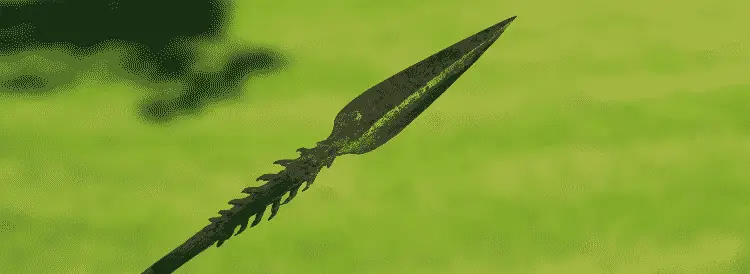
Hunters use this arrowhead and in medieval times they were popular because they could kill their enemy target with one well-aimed arrow.
The Square Shaped Arrowhead
These arrows are very usual for taking down large game animals with thick skin as they have on their corners. This makes them able to easily pierce the skin of large animals such as coyotes or even a tiger.
They are also not easy to remove once they have been embedded in the target as the barbs dig in. Even if the game manages to get them out, they tend to cause a lot of damage.
For archers in the medieval era, they were the arrowhead of choice against thick body plate armor.
The Long Arrowhead
If you are looking to take down a target and a fast arrow, then these are the arrows to go for. They are used by hunters due to their trajectory speed which enables them to hit animals such as buck and deer.
They are also the thinnest of all the arrowheads as well as the lightest some of them are even designed with barbs on them to make them more effective.
2. Insert
Inserts are the sleeves at the front end of the arrow they are what enable you to screw the arrowhead onto the tip of the arrow. They come in different sizes to fit the various sizes of your arrow but they are usually able to take any type of arrowhead, allowing the archer to change them at will.
3. Shaft
The shaft is the body of the arrow and it is one of the most important parts of the arrow. One of the most important parts of getting your arrow made is to test which material you are most comfortable with and which suits your chosen compound bow.
4. Wood
Wood shafts are the ones that are the most authentic and were used in medieval times. They are also the arrow material of choice for various re-inactions in order to give a more realistic air.
5. Fiberglass
This is always the cheapest of all the arrow materials and as such, they are great arrows for beginners to start with. They are also the most popular arrow for Youth Archery Sets.
6. Aluminum
If it is not authentication or a matter of preference for one of the other materials, aluminum is a good choice. It is also one of the most endurable and reliable of the products on offer by aluminum.
7. Carbon
Carbon is a lightweight and affordable arrowhead that costs less than other shafts. It also tends to be lighter and still gives a good kick too.
8. Fletching
The fletching is the part of the arrow that sits at the back end of it. It usually has three veins to it that are made from either plastic (much like the flight at the end of a dart) or feathers.
Feather fletching is the more traditional fletching that was used in ancient times. This type of fletching is usually used when a more authentic-looking arrow is required like for period re-enactments.
Plastic and artificial guiding feathers are the most common in today’s archery as they are less expensive, and they tend to be a lot more durable and last longer. They are also a lot better in the rain as they do not get saturated.
The fletching is an important part of the arrow and if not fitted or weighted correctly can throw the arrow off balance and make shooting rather difficult.
The 3 veins of the fletching are usually divided into two different colors. Two have the same color and are called the hen’s feather. Whilst the third one that is a different color (mostly red) is called the cock feather.
The fetching is what helps to guide the arrow it is also used to stabilize and put some spin into it when it is fired from a bow.
9. Nock
The nock is the tip that sits at the back of the arrow it is usually plastic and is what tucks onto the bow string enabling it to be pulled back without slipping off the string.
This is because the nock hugs the bow string tightly but let’s go as soon as your hand lets go of the bow string.
A Thorough Look at a Popular Choice: The Carbon Arrow
As a weighted arrow can slow it down the Carbon-based arrow has become very popular as it is not only cost-effective but also very fast.
The anatomy of the carbon arrow is the same as it is for any other arrow. They consist of the nock, fletching, shaft, inserts, and tip. The best arrowheads for the carbon arrow are the broadheads and field points.
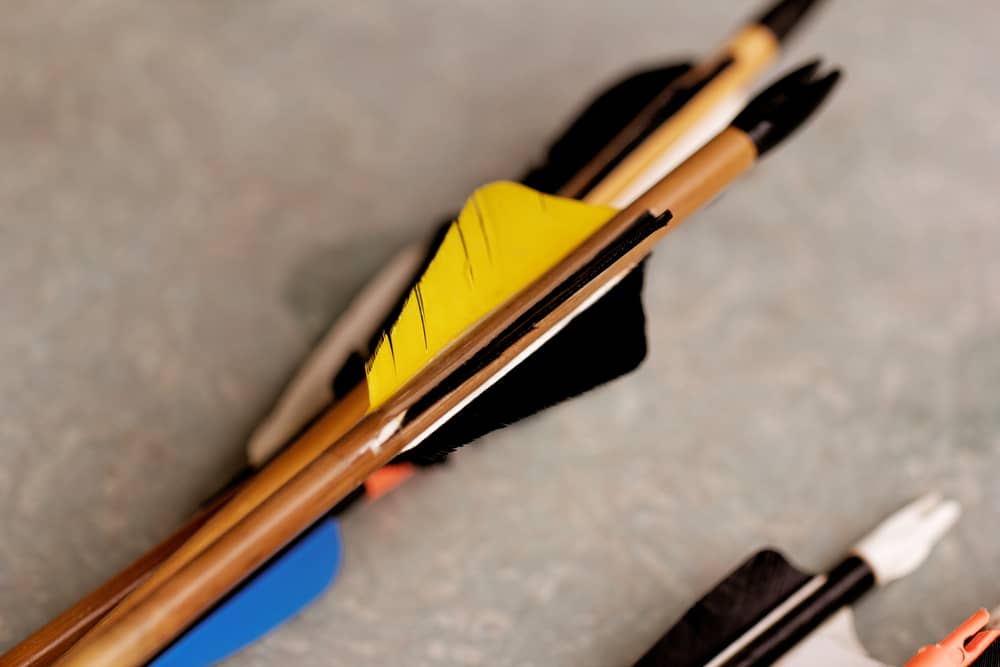
Many hunters and competition archers use these arrows because when coupled with the correct arrowhead they cause quite a wallop. They are also durable and cost-effective since they do not cost as much as the other arrow does. They also tend to last a lot longer.
When weighing these arrows, it should be kept in mind that added weight may put some drag on the arrow, but it offers increased penetration. Whereas lighter weights encourage the arrow to fly a lot faster and offer a flatter trajectory.
The weighting of the arrow depends on what you are looking for in either speed or penetration. The arrow should always be used with caution and never aimed at a target they are not intended for.
Even those only used for practice can cause a lot of damage and or lead to fatalities. Never fool around with arrows as they can be just as dangerous as guns are.

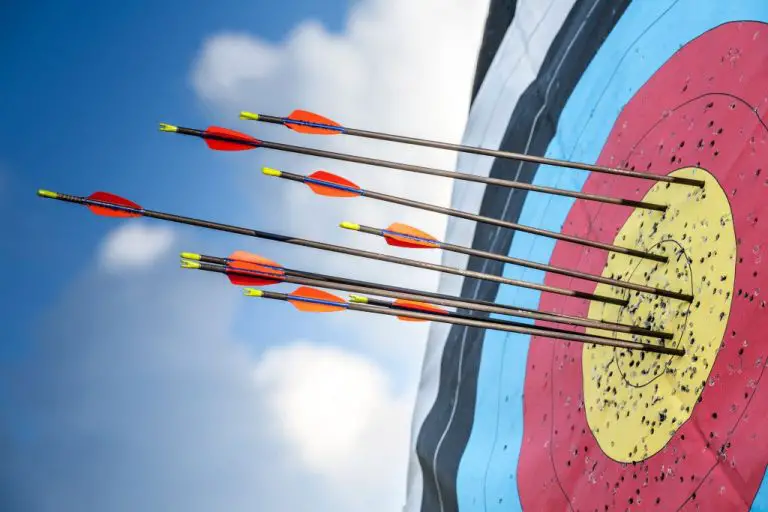






Leave a Comment